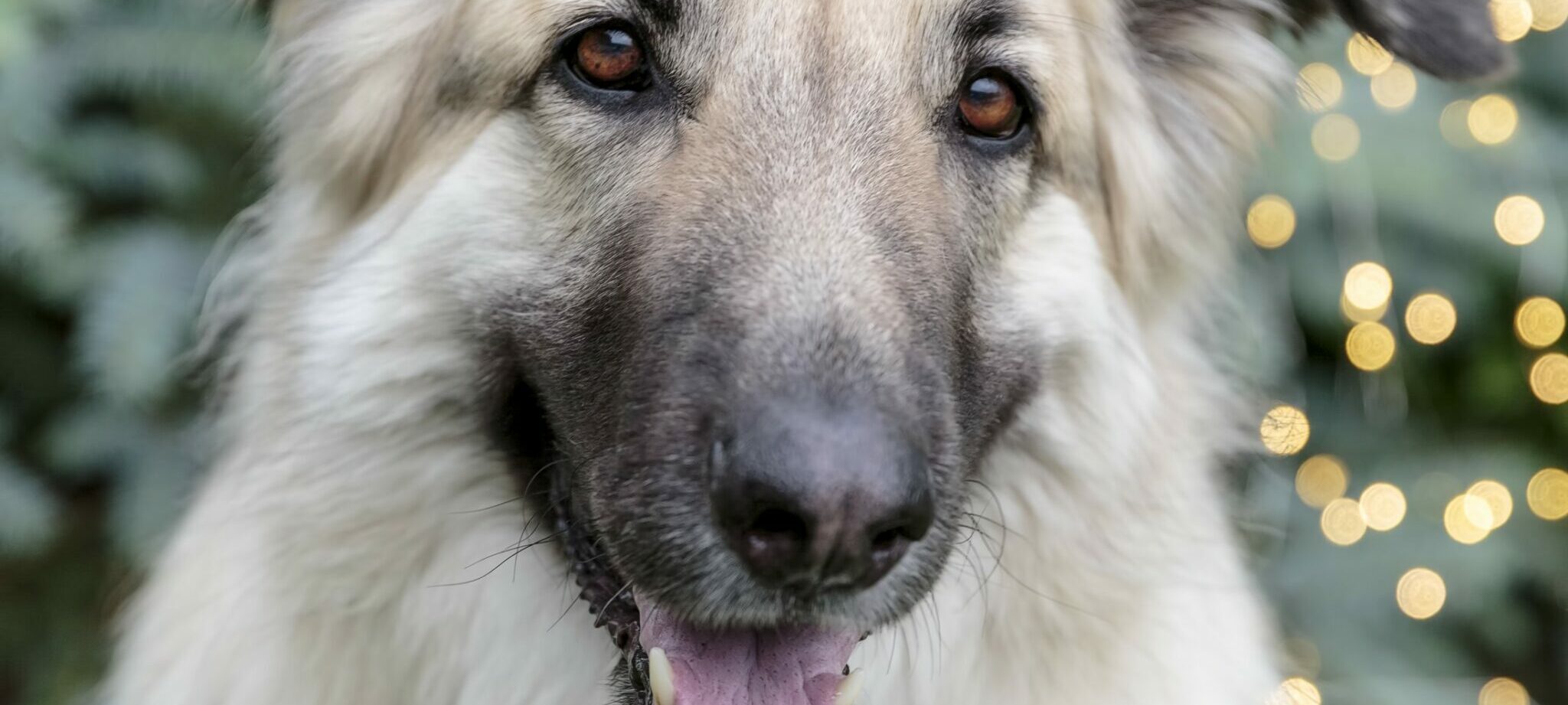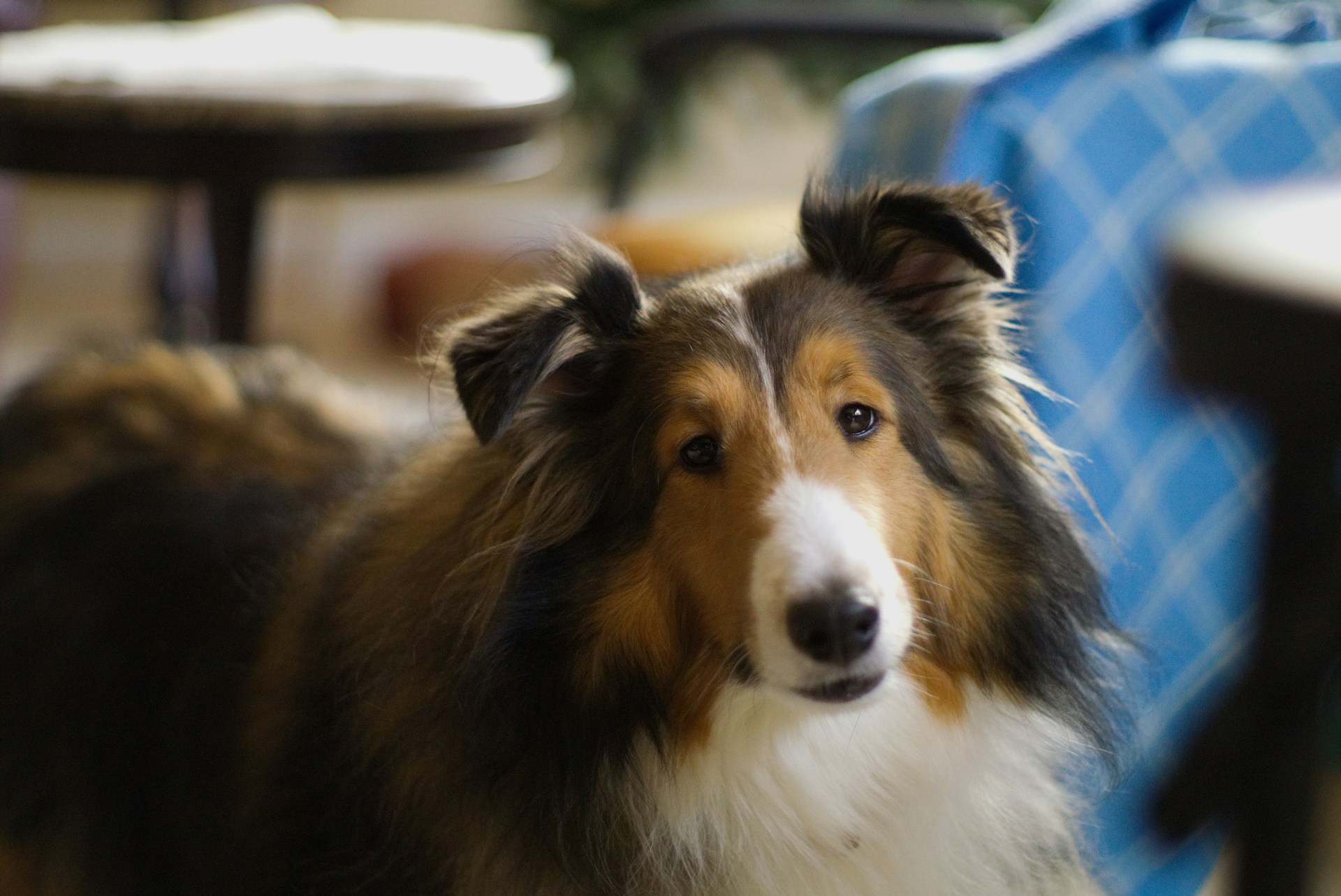
12 Feb Dog breeds with special considerations with anesthesia and how the team at Your Pet Dentist focuses on their safety
Every single dog we see is special! Every single pet owner/parent knows that their dogs are even more special than the other dogs in the same waiting room. It’s ok, we all know this to be true and no one can prove you (or us) wrong! That is what makes our clients so special. The love and bond they have with their dog.
On most days, Dr. Briggs and Dr. Greenfield discuss anesthetic concerns with clients. Fortunately, most of the time our goals are mitigating the same risks for all patients – maintaining a healthy cardiovascular system, maintaining body temperature, minimizing response to oral procedures/surgery, limiting cardiovascular (heart and blood) changes, etc.However, there are some cases that are universally special due to the breeds they are treating. Let’s discuss some of the most common breeds of dogs that inherently have special anesthetic considerations or risks.
Dog Breeds That Have Special Considerations with Anesthesia
Brachycephalic (Smooshed-Faced) Dogs
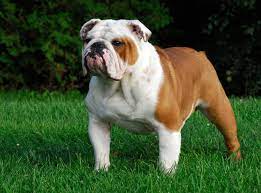
Quite possibly the most common dog breed/breeds that Dr. Briggs and Dr. Greenfield see with an inherent anesthetic risk is those brachycephalic (smooshed-faced) dogs. This includes Bulldogs of all types, Pugs, Pekingese, Shih Tzus, and even Boxers and many Pit Bull terriers. Many of these dogs, especially the smaller ones, are born with extremely narrow airways. Breathing during everyday life may even prove to be challenging for these guys or gals, not to mention when you add anesthesia into the mix.
Many of these dogs are also at a higher risk for regurgitating while under anesthesia. Using caution around the anesthetic event is key for many of these dogs. They need close monitoring after they receive any sedatives, during times of anxious activity or breathing, as well as while they are under anesthesia and the time period after the procedure is completed.
One could say these dogs would warrant their own blog on increased considerations as well as ways to mitigate risk. So we won’t get into every single detail here, but know that maintaining a healthy airway is often the biggest consideration for these dogs.
Greyhounds
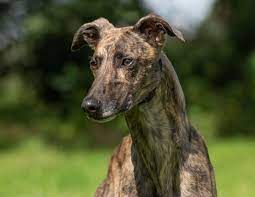
Recently, Drs Briggs and Greenfield have been fortunate to see a good number of Greyhounds. Greyhounds are special, almost mystical creatures, and absolutely deserve special attention. As with all sighthound breeds, Greyhounds are often extremely sensitive to anesthetic side effects, namely sedation. Additionally, their thin skin can create difficulty with regards to catheter placement as well as increased risk of bleeding, on their skin as well as within their oral cavity, and bruising. Furthermore, a recent study evaluated a possible increased risk of hyperkalemia or increased potassium under anesthesia for these dogs. The mechanism and cause is not completely understood, but any form of excessive potassium can lead to significant cardiovascular changes.
Yet another concern for these dogs is specific to those that have been rescued from the track. These dogs undergo significant training during their lives. This leads to the possibility of severe clotting disorders post-operatively. For an incompletely understood mechanism, their bodies will break down blood clots earlier than they should, which can lead to a delayed but significant amount of bleeding a couple of days after surgery. Fortunately, we do have access to a medication that can help reduce these clots from prematurely breaking down. In many cases, these post-racing Greyhounds will start the oral form 2 days before surgery or the injectable form the day of.
The entire team here at Your Pet Dentist has first-hand experience with these special dogs and are available to discuss any concerns as listed above or otherwise!
Other Sighthounds
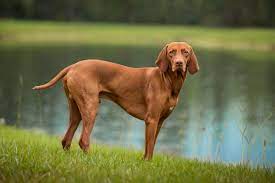
After all that talk about Greyhounds, let’s briefly transition to sighthounds. All sighthounds, fortunately, do not inherently have the same risks as Greyhounds. However, certain drugs should be avoided in all sighthound breeds. These include thiopental and barbiturates. These drugs are not often used in today’s veterinary hospitals, but are still important to discuss. Sighthounds are also known for their increased anxiety often around the time of hospitalization and during the post-operative phase.
Some sighthounds also have thin skin similar to the Greyhound and should have extra precaution around their limbs with regards to catheter placement as well as the need for additional padding to protect their muscles and tissues just from their own body weight at times. Fortunately, most sighthounds are otherwise rather routine when it comes to anesthetic considerations and protocols.
Dobermans
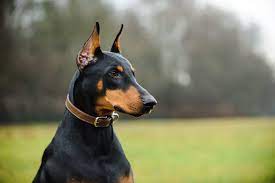
Dobermans are another breed that can be known for certain medication sensitivity as well as underlying genetic predispositions that may be important for anesthetic and surgical concerns. Most pet owners that have Dobermans are aware of their potential cardiovascular concerns, specifically for anesthesia and surgery.
Some Dobermans are genetic carriers for a platelet factor that affects the ability to form clots properly. Fortunately, this factor and genetic change can easily be evaluated with a special laboratory test. Most Dobermans will not be actively affected by this genetic disease. However, if you know your pet is a carrier or has been diagnosed as being affected by this clotting factor deficiency, the team at Your Pet Dentist is happy to discuss the additional safety measures that will be taken for your pet.
Herding Breeds
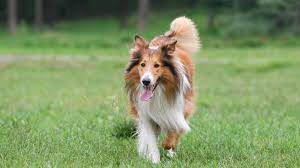
The last breed-associated genetic condition we will discuss is those breeds that may carry the MDR1 gene. Many may recall that years ago we avoided using the heartworm preventative Heartgard (ivermectin-based) in Collies or Collie-like breeds. We even had a little saying – “4 white feet, do not treat.” Thanks to amazing geneticists, we now understand the reasoning behind this as well as the method of diagnosing it.
Multidrug resistance (MDR) has been associated with a number of herding breeds. Fortunately, when considering general anesthesia, this mutation is often much less of a concern than many owners may think at first. The biggest concern is delayed recovery involving opioids. If there is suspicion based on breed or historic anesthetic response, a blood test can be submitted to Washington State University prior to any anesthetic event.
Experienced Veterinary Dentists in Nashville
So, we have covered A LOT of information and it may feel very overwhelming. The most important take home messages are:
- All of our patients are treated as individuals and every anesthetic protocol reflects that. In spite of some breeds having special considerations, rarely does this contribute to risk for anesthetic complications.
- The team at Your Pet Dentist is fortunate enough to work with numerous special and even rare breeds. We feel confident that Drs Briggs and Greenfield will take any additional concerns into consideration prior to and during any anesthetic event.
- If you are concerned, we are concerned. Do not hesitate to ask any questions during your consultation or prior to the surgical/anesthetic event!
Images used under creative commons license – commercial use (2/12/2024).


